Breakthroughs begin with the
CURIOSITY CUBE
Sparking Curiosity in the Next Generation of Scientists
Breakthroughs begin with the
CURIOSITY CUBE
Sparking Curiosity in the Next Generation of Scientists
OUR IMPACT
Since its inception in 2017, the Curiosity Cube has provided a chance for children to explore science in a structured yet, flexible environment. Research shows that this exposure is key to helping children believe that they can pursue a STEM career. This is especially important for children who lack access to high quality and technology-driven scientific learning experiences.

230,040
Students Reached

14
Countries Reached

95%
Title 1 Schools *

40,553
Volunteers Hours
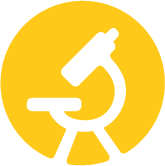
98%
of students found the Curiosity Cube experience valuable.

98%
of students found the Curiosity Cube experience valuable.
OUR STORY
Always Curious
As a life science company, our curiosity drives us and motivates us. The Curiosity Cube program, which began in 2017, extends our expertise in science and technology to promote science education for 8-13 year-old students. It complements our Curiosity Labs™ program, where our employees conduct hands-on experiments with students in classrooms. The Curiosity Cube expands our impact beyond classrooms, reaching more students and families at schools and public events.
The Curiosity Cube travels throughout North America, Europe, and Africa, reaching even more future scientists and their families. We focus on increasing access to hands-on science opportunities in communities where we operate.
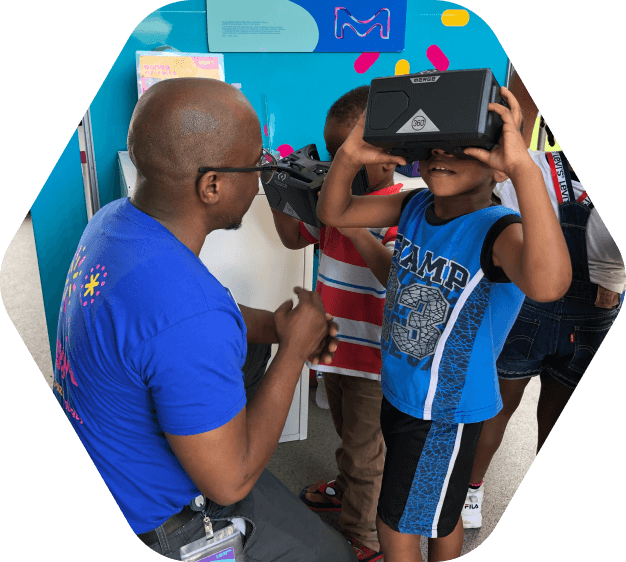

OUR STORY
Always Curious
As a life science company, our curiosity drives us and motivates us. The Curiosity Cube program, which began in 2017, extends our expertise in science and technology to promote science education for 8-13 year-old students. It complements our Curiosity Labs™ program, where our employees conduct hands-on experiments with students in classrooms. The Curiosity Cube expands our impact beyond classrooms, reaching more students and families at schools and public events.
The Curiosity Cube travels throughout North America, Europe, and Africa, reaching even more future scientists and their families. We focus on increasing access to hands-on science opportunities in communities where we operate.
CURIOUS QUESTIONS
What Kids Want to Know
Every visitor to the Curiosity Cube has the opportunity to submit a “Curious Question.” With this activity, we get a glimpse into the brightest young minds.
FOCUS ON SCIENCE EDUCATION
According to global research, conducted by Wakefield Research on behalf of MilliporeSigma, 64% of students have dreamed about a career that uses science or math, but 48% find it hard to see themselves as a scientist, despite having a curiosity for STEM. Science education experts agree that hands-on laboratory experiments help spark student interest in science and prime them for future STEM careers.
We believe that curiosity is the driving force behind human progress and development. With an expanding workforce that calls for more graduates to fill the pipeline, MilliporeSigma is committed to hands-on interactive STEM education programs. Learn more about Merck, KGaA Darmstadt, Germany’s commitment to inspiring curiosity here.
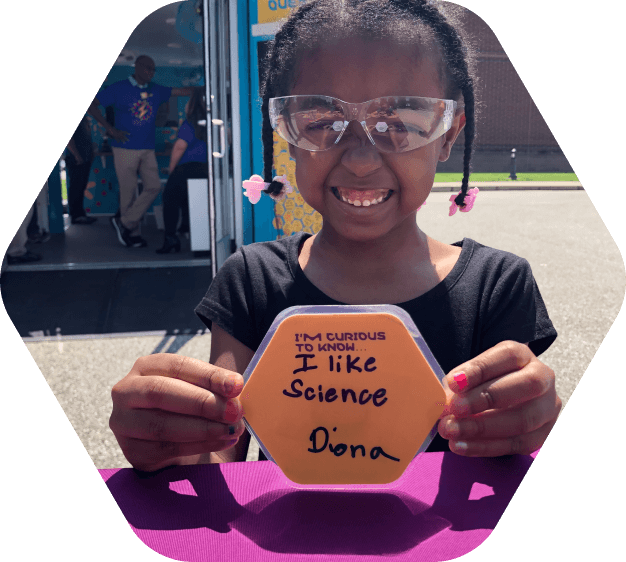

FOCUS ON SCIENCE EDUCATION
According to global research, conducted by Wakefield Research on behalf of MilliporeSigma, 64% of students have dreamed about a career that uses science or math, but 48% find it hard to see themselves as a scientist, despite having a curiosity for STEM. Science education experts agree that hands-on laboratory experiments help spark student interest in science and prime them for future STEM careers.
We believe that curiosity is the driving force behind human progress and development. With an expanding workforce that calls for more graduates to fill the pipeline, MilliporeSigma is committed to hands-on interactive STEM education programs. Learn more about Merck, KGaA Darmstadt, Germany’s commitment to inspiring curiosity here.
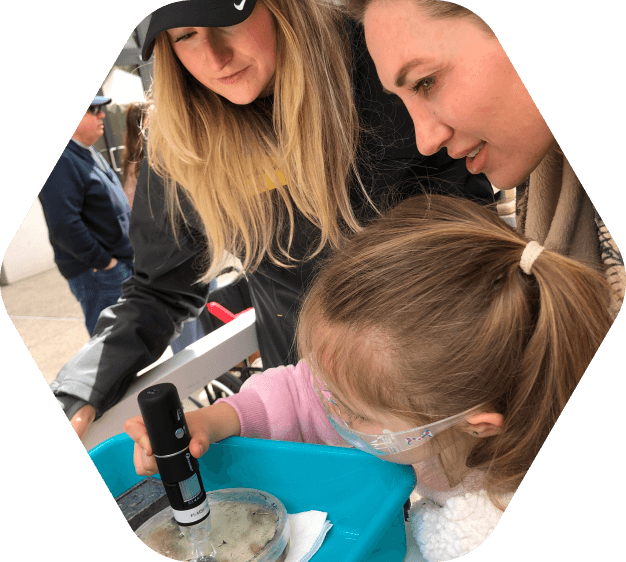
INSPIRING THE NEXT GENERATION
Our programs are modeled on the principles of inclusion and access. We focus on increasing hands-on science for students in communities where we operate. Our local employees serve as volunteers and role models, showcasing the diversity of the STEM workforce.
We want to inspire young students by showing them that scientists all over the world, who look just like them, are working to create a better tomorrow.
Our science education programs are designed to spark scientific curiosity and passion early, paving the way to a future filled with innovative breakthroughs and encouraging students to pursue careers in STEM fields.
OUR FACES OF THE CUBE
Our “Faces of the Cube” represent the future of science. Each enthusiastic smile on the side of the Curiosity Cube is a beacon of hope for a brighter, more innovative tomorrow. These smiling faces belong to the kids of our very own MilliporeSigma employees. Read more here.
INSIDE THE CUBE
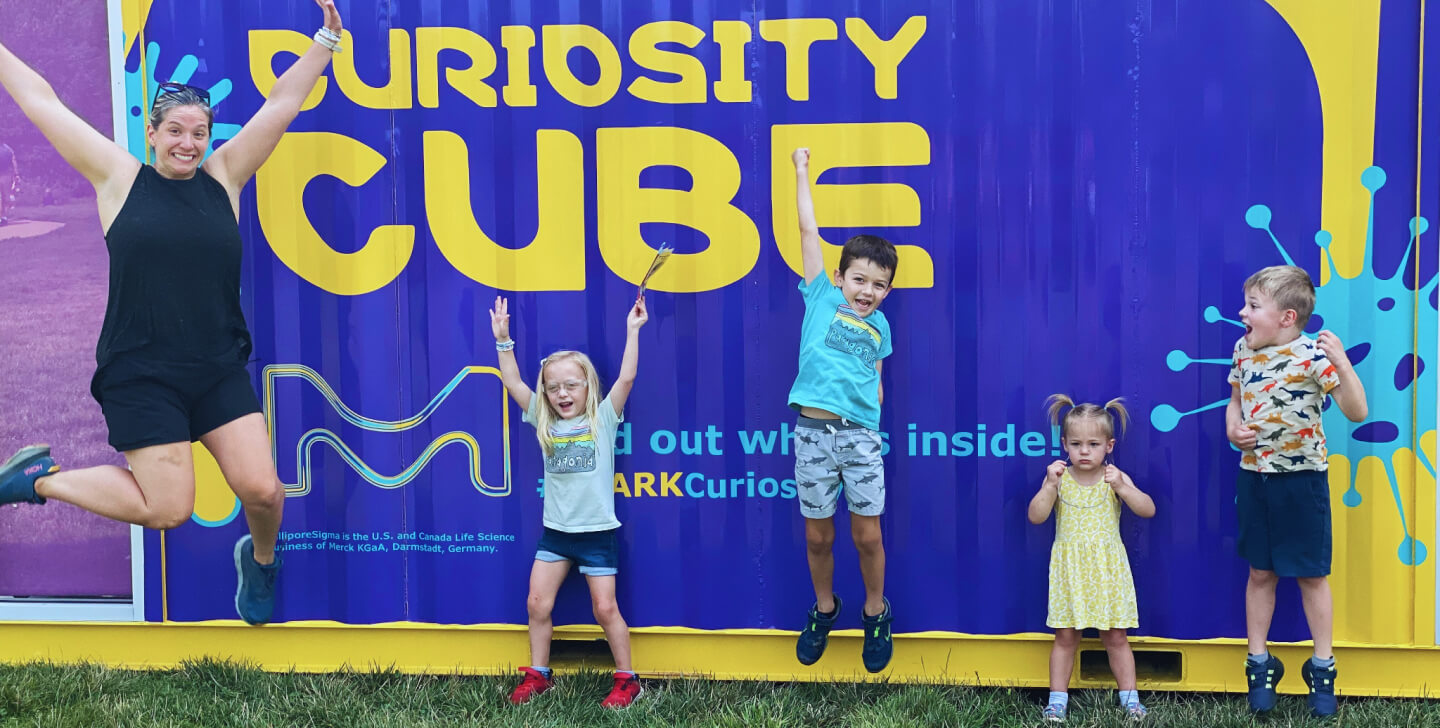
Equipped with the latest technology, the Curiosity Cube provides a learning environment that allows visitors of all ages to become immersed in specific science topics. When visitors enter the Curiosity Cube, they are scientists for the day, participating in hands-on science experiments and learning about new technologies. Every visitor is encouraged to ask questions and to be curious.
CURRENT EXPERIMENTS

Exploring More Sustainable Fabrics
Students explore the difference between AI images and real photos to understand and recognize authenticity.

Sustainable Operations
Students discuss the similar ways in which our brains and AI learn about the world around us.

Recycling a T-Shirt
Students model how AI uses pattern recognition and machine learning to operate self-driving cars.
